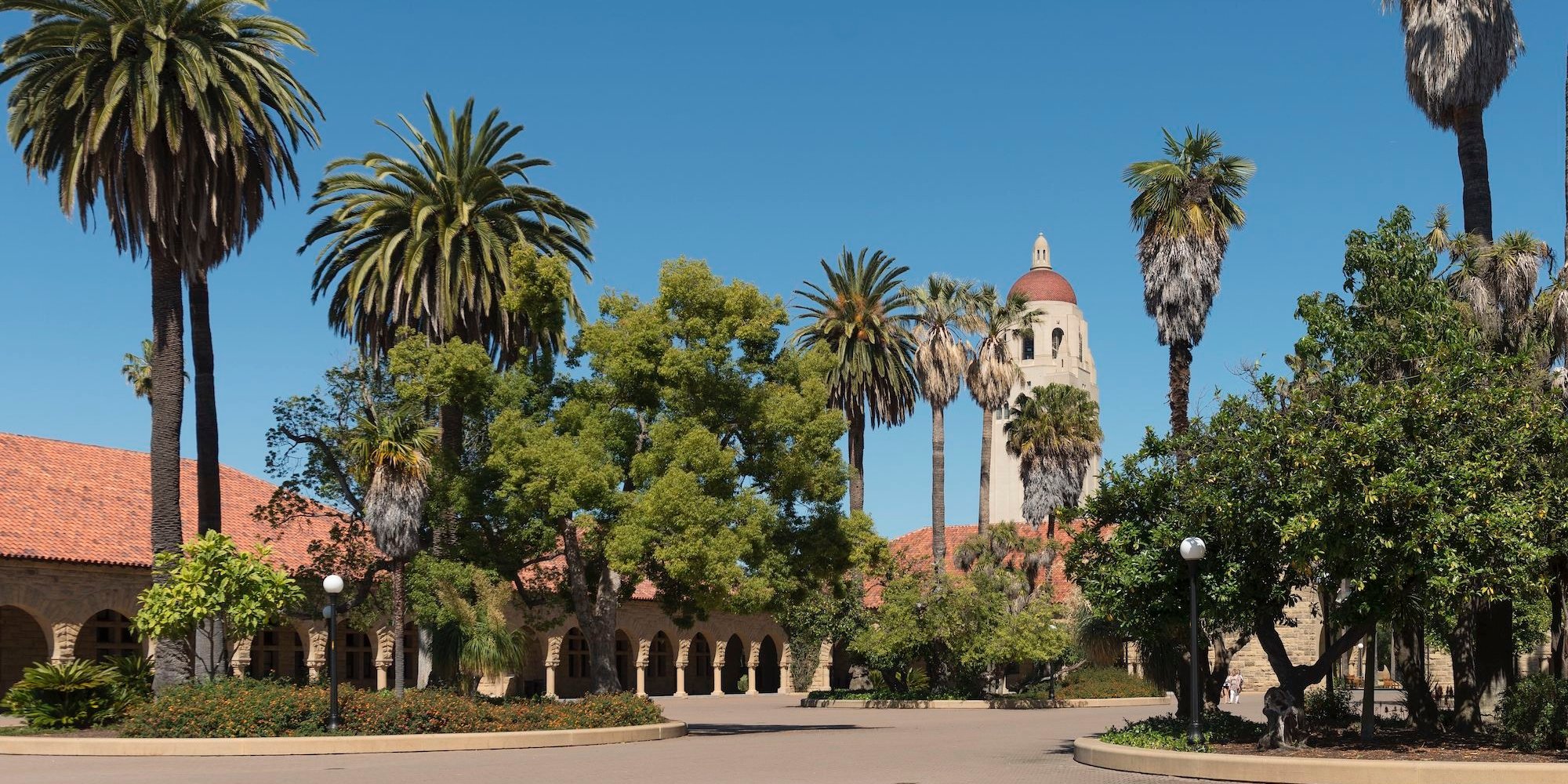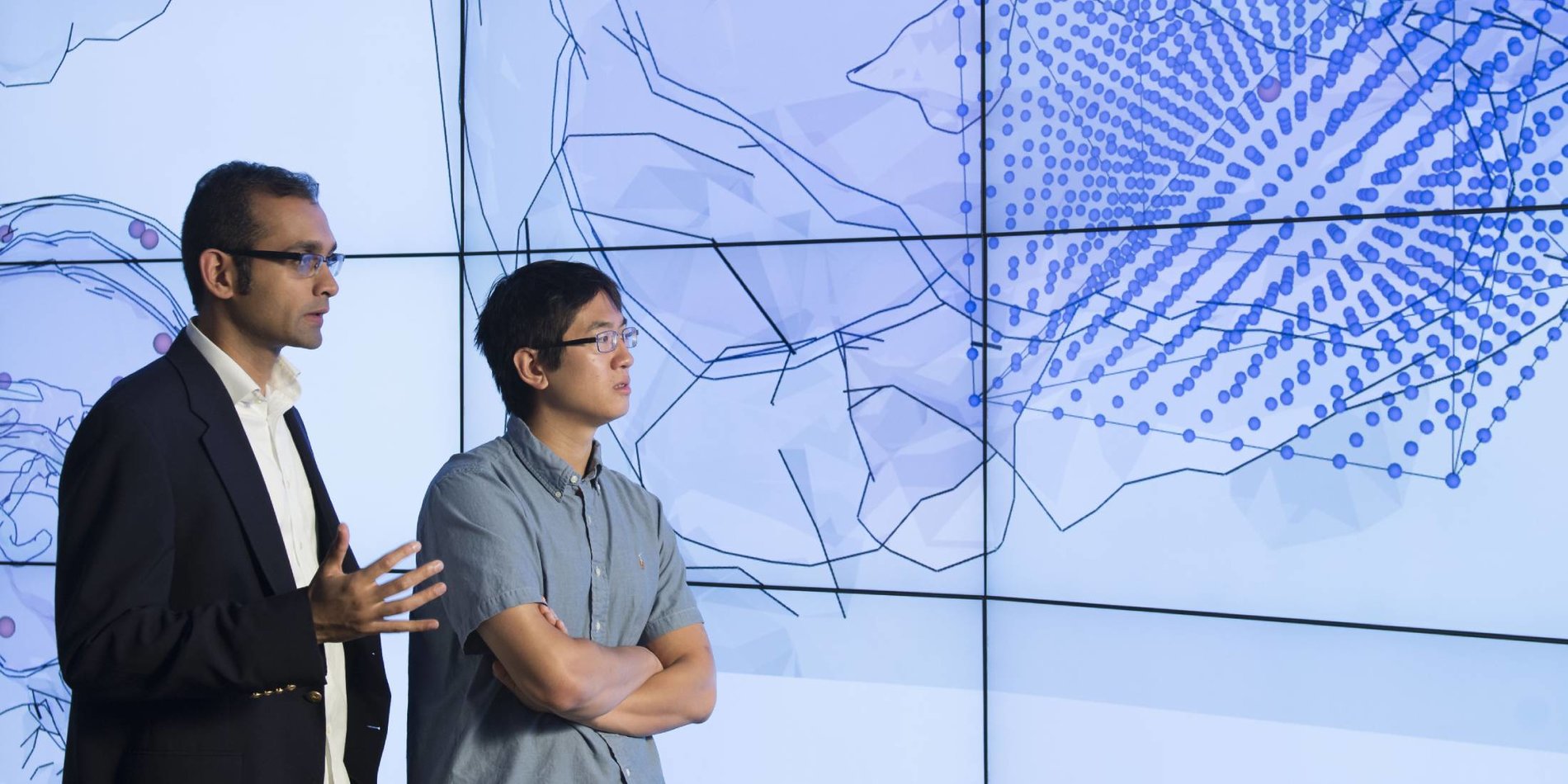About
Stanford is already teeming with open source activity, consisting of a large number of research labs, faculty, trainees, students, and staff who are involved in open source software development; but there is currently no "glue" to hold them together. Most of this work exists within disciplinary and organizational silos, and there had been no campus organization to help build and grow this community until the creation of OpenSource@Stanford. We intend to identify missing links between these lively research activities, and create opportunities for innovation, collaboration, and learning. We are excited to provide university-wide leadership and support for newcomers and seasoned open source developers alike, and maintain a welcoming open source community, one that allows practices to escape the boundaries of department or institute and strengthens Stanford's research network.
OpenSource@Stanford stands alongside 11 other Open Source Program Offices (OSPOs) in the United States that are funded by grants awarded by the Alfred P. Sloan Foundation. It is housed within the faculty-led Stanford Data Science Center for Open and Reproducible Science (SDS-CORES), situating it in the middle of a thriving area of scholarly practice with support from faculty champions and the Office of the Vice Provost and Dean of Research (VPDoR).
Our community-driven approach ensures active engagement with and among researchers on best practices for developing, maintaining, and contributing to open source research projects. Further, we strongly encourage those who would like to become engaged in open source development, but do not currently have the experience or expertise to get started, to join our community and programs. The rapidly developing landscape of open source activity and OSPOs, both in industry and higher education, marks a crucial time for OpenSource@Stanford to advance open source research at Stanford, and beyond.
We also focus on lowering the barriers to creating, developing, and disseminating open source software, including fostering a more inclusive environment within the open source community. Prioritizing equity and diversity will bring about meaningful change to how research is conducted, produced, and spread.
Our Aims

Grow open source projects and presence
We aspire to grow the open source presence at Stanford by providing training and support for the development of new projects and encouraging meaningful contributions to existing projects.
Why Open Source
Over the last decade, growing concerns have emerged over the reproducibility of findings from scientific research, driven by demonstrations of widespread failures to replicate key scientific results from fields as broad as psychology, cancer biology, and artificial intelligence. To address this scientific reproducibility crisis, greater transparency of research products and practices (code, data, materials, and publications) is necessary.
Open source software improves scientific inquiry and research practices by making software more accurate and reliable, following Linus's law: "given enough eyeballs, all bugs are shallow." Researchers who work together may develop community-driven open source software packages that address common scientific computing problems, rather than relying on each group to develop their own solution, where errors are more likely to occur. Open source additionally serves broader social goals related to diversity, equity and inclusion. The availability of free open source software enables a broader set of individuals to use these tools in investigating their scientific questions and providing novel perspectives in scholarly inquiry.
To learn more, please email opensource-info@stanford.edu.


